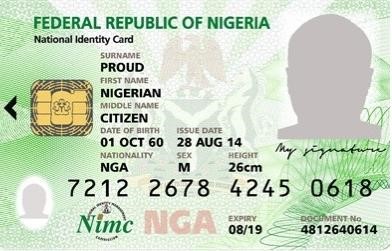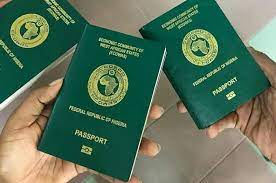
In Nigeria, obtaining your National Identification Number (NIN) is crucial in an era where personal identification is key to accessing various services. This essential identity document, managed by the National Identity Management Commission (NIMC), is a unique eleven-digit number assigned to every Nigerian citizen and legal resident from birth. The NIN, once issued, is the holder’s for life and serves as a vital identity tool, linking all records about the holder in the National Identity Database.
The NIN is a prerequisite for obtaining the National e-ID Card, an exercise of immense national significance due to its relevance to economic development, social justice, social inclusion, and public safety. Furthermore, it is also mandatory for various transactions such as opening bank accounts, voting, obtaining an international passport, and even accessing government services.
The process of obtaining a NIN can be tedious, especially for those who are new to it. This guide aims to ease the process by providing a step-by-step guide on how to acquire a NIN in Nigeria.
Step 1: Enrolment Of National Identification Number (NIN)
1.1. Online Pre-enrolment
The first step in obtaining your NIN involves online pre-enrolment. This step is optional but can save you a lot of time at the enrolment center.
To begin the pre-enrolment process, visit the official NIMC website at https://www.nimc.gov.ng. Then, navigate to the pre-enrolment portal. This portal allows you to fill in your personal details in an online form. Ensure that the information you provide is accurate, as this will be used to populate your enrolment form.
Upon completion, you should print out the pre-enrolment summary sheet, which has a 2D Barcode.
1.2. Physical Enrolment Of National Identification Number (NIN)
After the online pre-enrolment process, you will need to visit a NIMC Enrolment Center. Here, an enrolment officer will verify the information you filled in during pre-enrolment.
Whether or not you chose to pre-enroll, you’d still need to physically visit an enrolment center to complete the process. During this visit, supporting documents will be required to validate your identity.
Step 2: Document Verification and Biometrics
2.1. Documentation
Upon arriving at the enrolment center, you will need to present a valid supporting document that verifies your identity. This could be a birth certificate, an international passport, a driver’s license, or a voter’s identification card, among others.
After the enrolment officer has verified your supporting documents, your form will be printed out, and you will be required to double-check the information for accuracy before signing it.
2.2. Biometric Data Capture
Once your documents have been verified, and your form has been signed, the enrolment officer will capture your biometric data. This includes your fingerprints and facial image.
Step 3: Collection of National Identification Number (NIN)
After your enrolment has been completed, you will be issued a Transaction ID Slip as evidence of the transaction. However, the Transaction ID Slip is not used for any identity verification purpose.
After a waiting period (typically within 2 to 3 working days, but it can take longer), you’ll be issued a NIN Slip that has your unique National Identification Number. You can also check your NIN status online on the NIMC portal.
Please note that the entire enrolment process (from form filling to the NIN Slip generation) is free of charge, so beware of anyone who demands payment for these services.
Conclusion
The National Identification Number (NIN) is a crucial element of Nigeria’s national identity system. Despite the process seeming a bit daunting, following these steps makes it relatively straightforward. Remember, possessing your NIN is your right as a Nigerian citizen or legal resident, and it opens the gateway to numerous services and opportunities. Happy enrolment!














